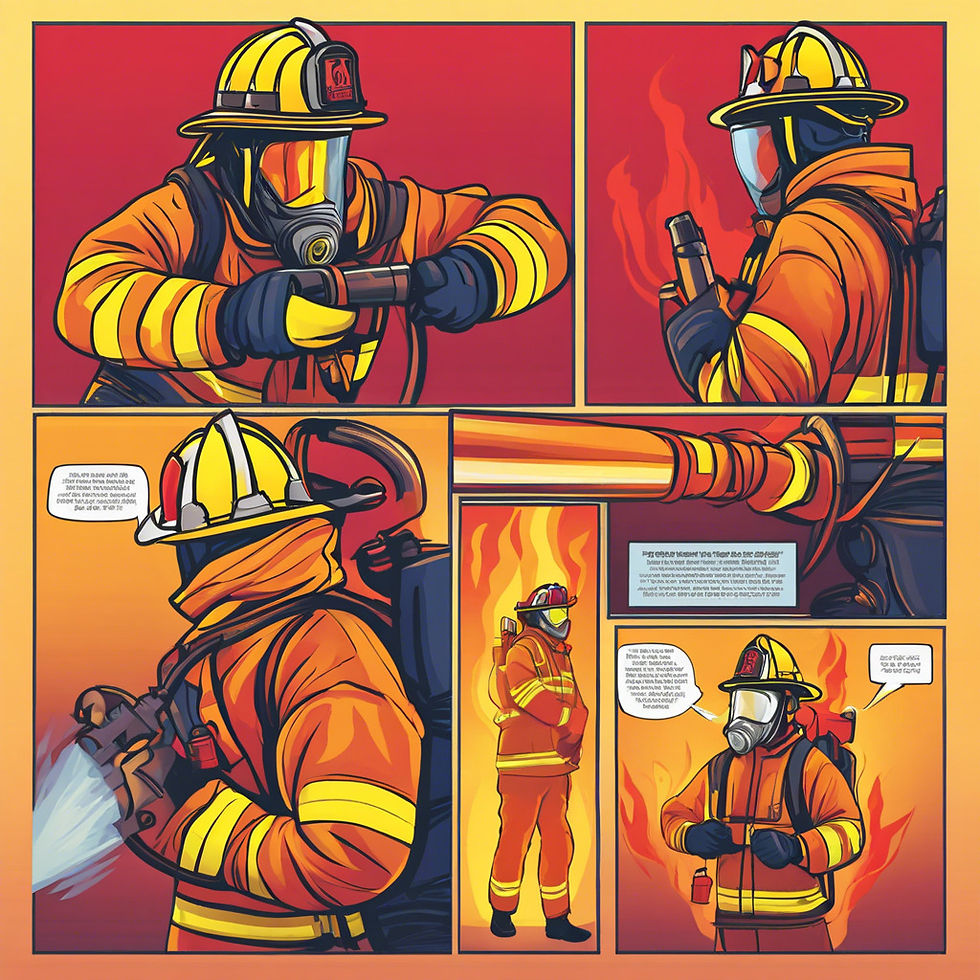
OSHA's Emergency Responder Proposal: An Overview and Analysis
In a significant move aimed at bolstering the safety of emergency responders, the Occupational Safety and Health Administration (OSHA) has put forth a comprehensive proposal to update its regulations concerning emergency response activities. This blog post delves into the intricacies of this proposal, examining its key components and the rationale behind the stipulated changes. The dialogue surrounding this rule has been shaped by numerous comments from various stakeholders gathered through different platforms over the years.
Background and Legislative Framework
The impetus for this proposal stems from the requirements of section 6(b)(8) of the Occupational Safety and Health Act, which mandates OSHA to adopt existing consensus standards or provide justifications for any substantial deviations. The proposed rule largely aligns with national consensus standards, indicating a meticulous effort to uphold established safety norms while also acknowledging instances where deviations are necessary to better serve the Act's objectives.
Stakeholder Engagement and Input
The development of the proposed rule has been influenced by a series of inputs gathered since 2007. Responses to the Request for Information (RFI) issued in 2007, stakeholder meetings in 2014, feedback from the National Advisory Committee on Occupational Safety and Health (NACOSH) subcommittee, and the Small Business Regulatory Enforcement Fairness Act (SBREFA) process in 2021 have all played crucial roles. These engagements have allowed OSHA to tailor its approach to the diverse realities of emergency response across different regions and organizations.
The All-Hazards Approach
Central to the proposed rule is the adoption of an "all-hazards" approach, a strategy supported overwhelmingly by the respondents to the RFI. This approach signifies a comprehensive plan to prepare for and respond to any emergency, irrespective of its nature. The feedback underscores a broad consensus that no type of emergency incident or response activity should be excluded from regulatory oversight. The need for such an approach is justified by the unpredictable and varied nature of emergency events, which can range from commonplace to exceedingly rare occurrences.
Emergency Response Activities and Responders Covered
The proposal specifies the types of activities and personnel that fall under its purview. Firefighting, pre-hospital emergency medical services, and technical rescue are highlighted as primary areas of focus. The rule recognizes the breadth of emergency scenarios that responders may face—from routine operations that become second nature to rare and complex situations that demand specialized skills and knowledge.
Addressing the Needs of a Diverse Workforce
The discussions and comments reveal a profound understanding of the different challenges faced by emergency responders in various settings. Whether it's a small community or a large industrial facility, the proposed rule aims to ensure that all emergency responders are well-prepared and protected. OSHA's commitment to an inclusive regulatory framework is evident in its effort to consider the vast array of emergency events and the corresponding safety needs.
Moving Forward
As OSHA moves forward with finalizing this rule, the integration of comprehensive stakeholder feedback and adherence to consensus standards will be pivotal. The proposed rule is a testament to OSHA's proactive stance on enhancing the safety and health protocols for emergency responders, ensuring they are equipped to handle emergencies while safeguarding their own well-being.
In summary, OSHA's emergency responder proposal represents a critical step forward in the regulatory landscape, offering a well-rounded and thoroughly considered framework aimed at protecting those who face hazards to protect us. As this rule progresses through the rulemaking process, it holds the promise of setting a new benchmark for emergency response safety standards.

Comments